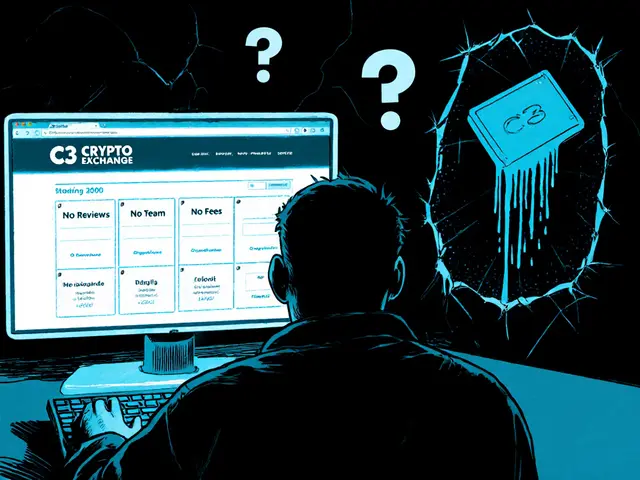Howey Test Crypto – What It Means for Token Classification
When working with Howey test, a legal framework used to decide if an arrangement qualifies as a security under U.S. law, investors and developers need a clear picture of how it applies to digital assets. The test asks four questions about an investment of money, a common enterprise, expectations of profit, and reliance on the efforts of others. If all answers are “yes,” the asset is treated as a security, triggering registration or exemption requirements. This definition has become the backbone of Howey test crypto analysis because regulators use it to sort legitimate tokens from securities‑like offerings. Over the past few years the test has moved from courtroom debates to everyday checklist items for token engineers, marketing teams, and compliance officers. Understanding each prong helps you pinpoint where a token might slip into “security” territory before you launch a public sale.
In practice, securities, financial instruments that represent ownership or debt and are governed by strict disclosure rules must meet the Howey criteria, and many crypto projects find themselves on the borderline. When the U.S. SEC, the Securities and Exchange Commission, enforces securities law and issues guidance on token offerings issues statements, it often cites the Howey test to decide whether a coin, token, or DeFi protocol is a security. A token that fails the test can avoid registration, while one that passes faces compliance costs, reporting duties, and potential investor protections. The SEC’s recent enforcement actions against unregistered token sales show that the agency looks at real‑world factors like promotional language, promised returns, and the centralization of decision‑making. This creates a feedback loop: as the SEC sharpens its guidance, developers adapt token design, which in turn influences how regulators interpret the test.
Because the Howey test hinges on the notion of an investment contract, an agreement where investors fund a venture with the expectation of profit derived from the promoter’s efforts, developers often structure token sales to break one of the four prongs—such as limiting profit expectations or emphasizing utility over speculation. Approaches like utility‑first token design, decentralized governance, or revenue‑sharing models can tilt the analysis toward “non‑security.” However, regulators look beyond labels; they assess real‑world marketing, token economics, and the actual behavior of investors. Jurisdictions outside the U.S. may apply similar principles, but the SEC remains the reference point for global projects seeking access to U.S. capital markets. Understanding these nuances helps creators decide whether to seek exemption, register with the SEC, or redesign the offering entirely, and it also guides investors in evaluating the legal risk of holding a particular token.
Key Takeaways for Crypto Projects
Below you’ll find deep‑dive articles that walk through real‑world examples, from airdrop legalities to exchange reviews, all filtered through the lens of the Howey test. Whether you’re a token issuer, trader, or regulator‑watcher, the posts give actionable insights on compliance, risk, and strategic positioning.




